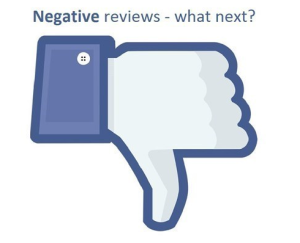by Rajeev Dutt, Op-Ed Contributor, December 13, 2016
The estimated $70 billion television ad market is headed online, where millions of viewers stream, search, post and consume.
This migration presents a golden opportunity to understand consumer preferences at unprecedented levels, enabling media and marketing professionals to improve targeting efficiency and ultimate success by anticipating behavior and delivering on that insight. Opportunity is there, if decision-makers can navigate the glut of data: video data alone represents 70% of all today’s global online traffic and storage.
Fortunately, in 2017 we’ll see a new wave of artificial intelligence (AI) tools to meet this tide of data, enabling professionals to comb through and glean near-instantaneous insights, create customized compelling content, facilitate new advertisement and viewership models, and improve the real-time news and content marketing landscape.
The growing affordability, accessibility, deep analytical capabilities and cognitive learning functionality of AI give media professionals new ways to:
Analyze content through machine-based learning. AI rapidly analyzes nuances in language, still images, audio and video, parsing everything from people to tone (and even filtering for inappropriate content). Beyond simple object identification, some AI systems perceive substance and sentiment the way a human would, enabling unprecedentedly sophisticated, real-time search.
Identify patterns in audience preferences to predict future behavior and likeliness for engagement. Because AI-based recommendations are built on nuanced analysis, they capture the idiosyncratic aspects of individuals’ tastes, making connections and anticipating what will appeal to consumers before they even know it. No longer will we rely on collaborative filtering — “because you liked this movie, you’ll like that” — based on others’ past choices.
Create optimal content to increase eyeballs and clicks on news stories, and entice consumers to take action on marketing campaigns. In one case, a U.S. broadcaster used AI to analyze the tone and content of 30,000 online news stories and headlines against clicks, time spent on the page, and other historical metrics. When producers entered an original headline, the system showed likely levels of readership, recommended edits to the headline to drive higher engagement, and predicted what headline an online reader would click on next. The same functionality allows brands to optimize ads for better engagement.
Develop targeted, integrated cross-channel campaigns to follow and reach consumers when and where they want to interact, expanding and optimizing search, discovery and recommendations from within media silos to cross platforms.
For example, AI allows us to connect consumers tuning in to a report about Zika on NPR with the latest headlines from The Washington Post’s health care writer Lena H. Sun, and alert them to a related CNN documentary airing later that month.
No longer will consumers rely on serendipity to learn about their favorite topics. Plus, understanding audience behavior in real time enables decision-makers to read and react to current patterns — rather than relying on past data — to optimize media spend across channels.
In today’s marketplace, as audience members segment and expand their digital consumption, the struggle for eyeballs has never been so broad — or so personal. The next 12 months will see watershed growth in AI’s accessibility and ubiquity. For the media industry, it’s high time.
MediaPost.com: Search Marketing Daily
(21)
Report Post




